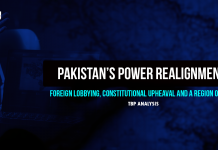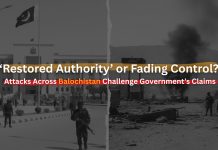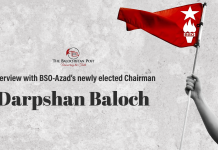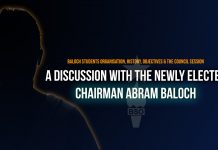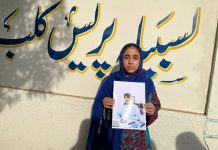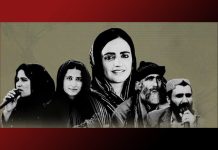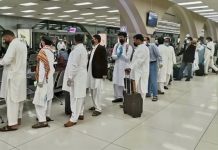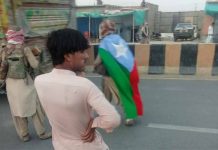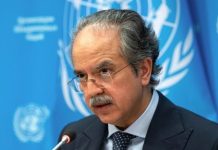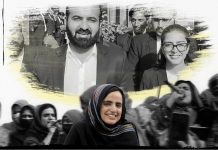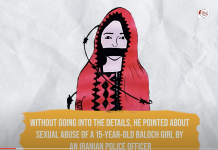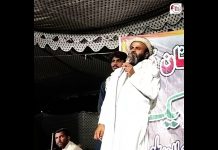Author: Attique Baloch
Amilcar Cabral’s speech, National Liberation and Culture, delivered at the UN Economic Commission for Africa in 1972, is a seminal exploration of the relationship between culture and the struggle for independence. Featured in his book Return to the Source, the speech underscores the fundamental role of cultural identity in national liberation movements and resistance against colonialism.
Cabral argues that culture is central to defining a people’s identity, history, and future. He asserts that cultural unity transcends ethnic and regional divisions, serving as a unifying force in the struggle for independence. He introduces the concept of cultural revival, emphasizing that reclaiming historical consciousness is essential for shaping a liberated future. By understanding their heritage, oppressed peoples can reconnect with their past and forge a new path forward.
Furthermore, Cabral posits that culture itself is a form of resistance against foreign domination. Colonizers, he notes, fear the historical and cultural consciousness of the societies they subjugate, recognizing that cultural awareness fosters political and social resistance. He stresses that culture is both a product of history and a determinant of future development, and that overlooking this reality has led to the failure of some international liberation movements.
A key theme of the speech is cultural resistance, which Cabral describes as an essential element of national liberation struggles. He emphasizes that cultural expression not only strengthens resistance but also inspires and mobilizes freedom fighters. According to Cabral, cultural identity must be preserved and promoted by the liberation movement, as it embodies the political consciousness of the people. This, he argues, is necessary regardless of a nation’s economic conditions.
Cabral also discusses the complex relationship between national liberation and cultural identity. He insists that the liberation movement must integrate and protect cultural values within the struggle, as culture is not uniform but shaped by social and regional variations. Differences between villages and cities, ethnic groups, social classes, and intellectual communities must be acknowledged and reconciled to create a cohesive national identity. This inclusivity, he argues, strengthens the movement’s ability to unify people against colonial rule.
One of Cabral’s most compelling arguments is that colonialism not only represses indigenous cultures but also fosters cultural alienation among colonized populations. He explains how colonial powers, such as Portugal in Africa, manipulated social structures to create divisions between the indigenous elite and the broader population. As a result, urban classes often internalized colonial values, distancing themselves from their own cultural heritage and viewing traditional customs as inferior. This manufactured sense of superiority complicated efforts to build a united resistance against colonial rule.
Cabral highlights that national liberation is not merely a political or military struggle but also a cultural renaissance. He concludes that the process of liberation requires the reconstruction of cultural identity, as reclaiming a people’s history is fundamental to achieving true independence. As he poignantly states:
“The liberation of the people requires the reconstruction of their cultural identity.”
Cabral’s speech remains relevant today, offering profound insights into the enduring relationship between culture and political struggle. His emphasis on cultural resistance as a cornerstone of national liberation continues to inspire movements seeking self-determination and freedom from oppression.
Disclaimer: The views and opinions expressed in this article are those of the author and do not necessarily reflect the official policy or position of The Balochistan Post or any of its editors.

